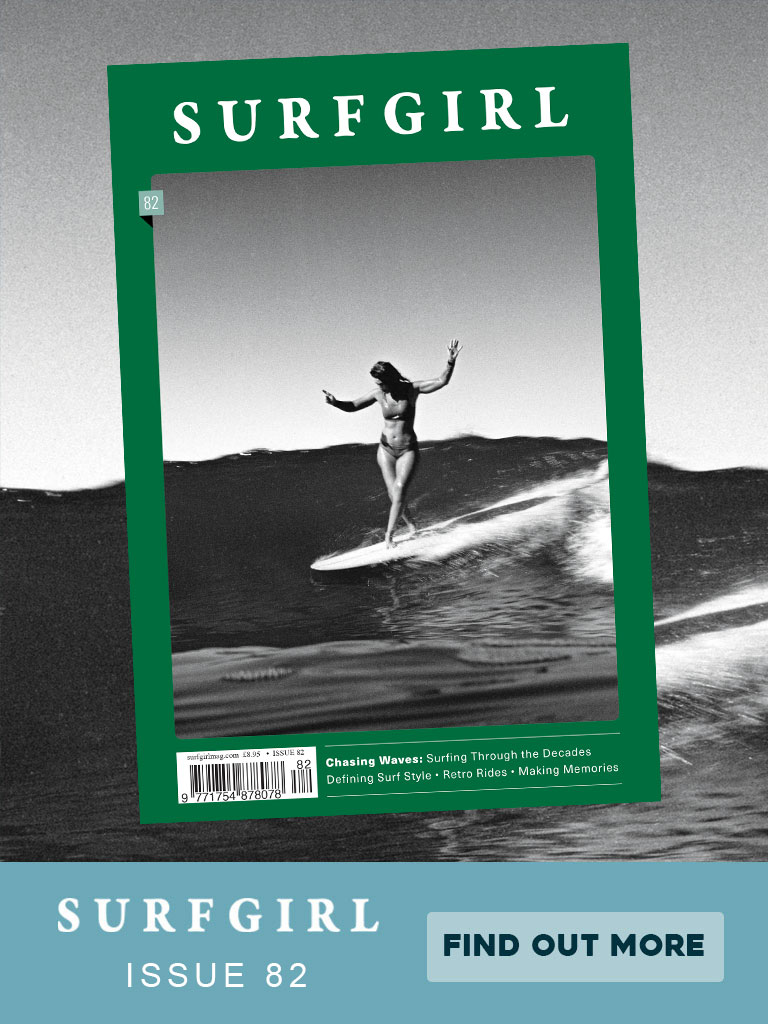
By Corinne Evans
Paddling into waves may seem like one of the most basic skills to learn when surfing, but having a poor paddle technique can hinder your progression in the water.
Whether it’s not paddling enough, paddling to late or too early, there are many factors that go into getting your paddling perfect. Here I’m going to share my top tips on how to improve your technique which you can try and apply to your next surf.
1. Find the right position
Getting the right paddle position can be a little tricky and can take time to master. You don’t want to be too far forward so you nose dive and your board pops out behind you and if you’re too far back the chances are the nose of the surfboard will be in the air and you won’t go anywhere. Look at your surfboard when lying on it in the water. If the nose is sticking out come up the board a little bit and obviously if the entire nose is under water you’re going to want to shift your body back down the surfboard. Ultimately you want to have all your weight evenly distributed. It will take time to get the positioning perfect but before you know it you’ll have found that sweet spot on the surfboard and you’ll be paddling like a pro!

2. Keep your legs together
Try and reframe from flailing around on the surfboard. Keep your legs together and your core tight. The only time you want to move your legs are when you’re about to catch a wave. When the wave is hot on your heels preform a few kicks with your feet, this will give you that extra push. You will probably find that your feet are slightly raised out of the water, if you’re on a shorted surfboard and if you’re on a longboard your feet will be gently rested on the longboard as you paddle.
3. Keep your head down
When paddling into the wave it’s important to keep your head down, to the point where you’re chin is touching the surfboard, having your head down will prevent the nose of the surfboard popping out of the water too much, meaning you should find it easier to get into the waves. Glance over your shoulder to see how close the wave is to you but don’t spend too much time looking back, when you’ve checked to see how close the wave is look straight to the beach and the down the line of the wave as you’re getting ready to pop up.

4. Build up speed
When the wave approaches, you will need to speed up your paddles, essentially you want to me paddling at the same speed at the wave, keep paddling until the wave picks you up and pushes you forward. That’s when you want to get to your feet.
5. Cup your hands
Paddling is the same as swimming freestyle / front crawl. Keep your hands together with your fingers cupped. This will allow you to drive through the water, making your paddles more effective.

6. S Shaped Paddles
This may sound a little strange but give it a go when you’re next paddling out to the line up. Think of your paddles as a letter S shape. As your cupped hand enters the water pull it under your surfboard and draw a S shape, bringing it back out the other side. This should be done and each side. If you’re new to paddling it’s always good to practice on a flat day, this will allow you get your technique dialled.
7. Adjust your paddles
There are two reasons why you would paddle. Reason one is paddle out to the line up. Depending on how you’re feeling and the waves you may try and sprint paddle to beat the sets, if it’s a smaller day you may take a little more time and preform long drawn out paddles to get you to the waves. The second reason is to catch waves and when paddling for waves you cannot afford be slow and laid back with your approach. You need to paddle fast, build up your speed or you’ll miss the good waves!

FOR MORE TIPS LIKE THIS, GET THE SURFGIRL HANDBOOK





